 |

|
|
|
|
|
 |
|
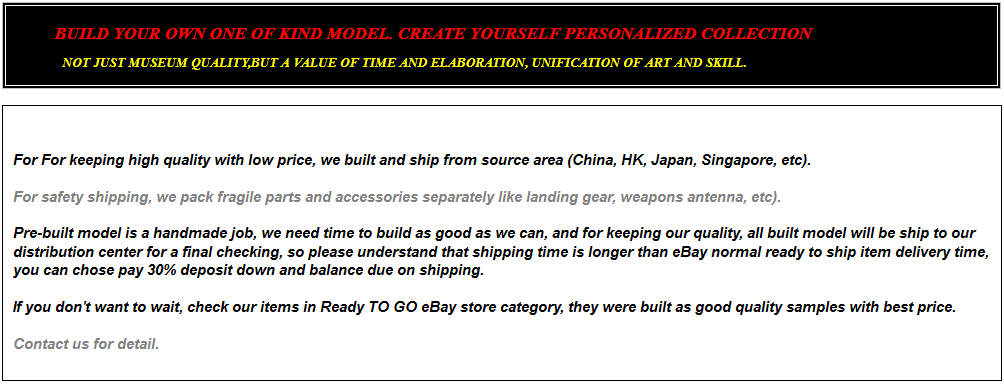 |
|

|
| Item Name:
|
.German Wehrmacht BMW R75 Motorcycle and Sidecar Afrika Korps
|
| Kits |
.Schuco
|
|
Scale: |
.1:35
|
| Builder: | .Furinkazan
| | Item Status: | .In Stock Ready To Go
| | 
| Detail features:
Award winner re-built and re-painted Schuco Big 1/10 scale Diecast Rommel‘s BMW R75 Motorcycle and Sidecar with classic German Wehrmacht Afrika Korps desert color scheme. The added and reworked details capture many of the finer details. Add on the jerry can, on-vehicle tools, and more accessories with great heavy-weathering finishing.
* Top re-building and re-paint quality of 1:10 huge-size Diecast.
* The best detailed BMW R75 on the market.
* Very high standard paint quality with sublime details overall.
* Headlight and speedometer with great details.
* Add on handlebars detail with break grab, cable and more.
* Front forks with pivot shaft details.
* OHV 750 engine details including cylinder, transmission, battery, pipes, cable and many more.
* Kickstart and footstep with rubber details.
* Two saddles with great spring details.
* The road wheels has raised rib detail with nicely represented rim details.
* The wheel hub with nice details.
* Great sidecar cab interior with floor details.
* MG machine gun with sharp details including mount and rack.
* Leather seat with a realistic finish.
* Many exterior details including lights, footsteps, tools box, handlebar, and more.
* Muffler with realistic detail.
* Add on-vehicle tools, spare tires, plates, and many more accessories.
Airbrushed and painted, base color with primer for better detail and shading, multi-color filters for blend color effects, oil and water wash with panels, doors, rivets finishing, the detail paint job on rust and paint chips off with scratches looking, worn and bare metal realistic simulating, flow rust and rain streaks effects, great smear and dirt with mud and dust appearing, dry brushing to emphasis and highlighting texture with edge for good wear and fading, more on real live weathering with decals and unit markings, final protective layer for long term collection.

 |
3707
| | | |

|
 |
 |
| 1
Dream Works Hobby |
 |
| 2
Dream Works Hobby |
 |
| 3
Dream Works Hobby |
 |
| 4
Dream Works Hobby |
 |
| 5
Dream Works Hobby |
 |
| 6
Dream Works Hobby |
 |
| 7
Dream Works Hobby |
 |
| 8
Dream Works Hobby |
 |
| 9
Dream Works Hobby |
 |
| 10
Dream Works Hobby |
 |
| 11
Dream Works Hobby |
 |
| 12
Dream Works Hobby |
 |
| 13
Dream Works Hobby |
 |
| 14
Dream Works Hobby |
 |
| 15
Dream Works Hobby |
 |
| 16
Dream Works Hobby |
 |
| 17
Dream Works Hobby |
 |
| 18
Dream Works Hobby |
 |
| 19
Dream Works Hobby |
 |
| 20
Dream Works Hobby |
 |
| 21
Dream Works Hobby |
 |
| 22
Dream Works Hobby |
 |
| 23
Dream Works Hobby |
 |
| 24
Dream Works Hobby |
 |
| 25
Dream Works Hobby |
 |
| 26
Dream Works Hobby |
 |
| 27
Dream Works Hobby |
 |
| 28
Dream Works Hobby |
 |
| 29
Dream Works Hobby |
 |
| 30
Dream Works Hobby |
 |
| 31
Dream Works Hobby |
 |
| 32
Dream Works Hobby |
 |
| 33
Dream Works Hobby |
 |
| 34
Dream Works Hobby |
 |
| 35
Dream Works Hobby |
 |
| 36
Dream Works Hobby |
 |
| 37
Dream Works Hobby |
 |
| 38
Dream Works Hobby |
 |
| 39
Dream Works Hobby |
 |
| 40
Dream Works Hobby |
 |
| 41
Dream Works Hobby |
|
 |
The BMW R75 is a World War II-era motorcycle and sidecar combination produced by the German company BMW.
In the 1930s BMW were producing a number of popular and highly effective motorcycles. In 1938 development of the R75 started in response to a request from the German Army.
Preproduction models of the R75 were powered by a 750 cc side valve engine, which was based on the R71 engine. However it was quickly found necessary to design an all-new OHV 750 cc engine for the R75 unit. This OHV engine later proved to be the basis for subsequent post-war twin BMW engines like the R51/3, R67 and R68.
The third side-car wheel was driven with an axle connected to the rear wheel of the motorcycle. These were fitted with a locking differential and selectable road and off-road gear ratios through which all four and reverse gears worked. This made the R75 highly manoeuvrable and capable of negotiating most surfaces. A few other motorcycle manufactures, like FN and Norton, provided an optional drive to sidecars.
The BMW R75 and its rival the Zündapp KS 750 were both widely used by the Wehrmacht in Russia and North Africa, though after a period of evaluation it became clear that the Zündapp was the superior machine. In August 1942 Zündapp and BMW, on the urging of the Army, agreed upon standardization of parts for both machines, with a view of eventually creating a Zündapp-BMW hybrid (designated the BW 43), in which a BMW 286/1 side-car would be grafted onto a Zündapp KS 750 motorcycle. They also agreed that the manufacture of the R75 would cease once production reached 20,200 units, and after that point BMW and Zündapp would only produce the Zündapp-BMW machine, manufacturing 20,000 each year.
Since the target of 20,200 BMW R75`s was not reached, it remained in production until the Eisenach factory was so badly damaged by Allied bombing that production ceased in 1944. A further 98 units were assembled by the Soviets in 1946 as reparations.
However the standardisation programme meant that machines that were produced by BMW and Zündapp used 70% of the same components. This simplifies the supply of spare parts for these vehicles, many of which are still in the hands of historic motorcycle enthusiasts. These vehicles are still highly desirable as collector`s items because of their complex and durable technology, and are correspondingly expensive. A well-restored R75 can be still used for everyday purposes, on or off-road without problems.
During World War 2 the Soviet Union quietly purchased five units of the R-71 (the R-75`s predecessor) via Swedish intermediaries to study and subsequently build their own version, the M-72, which Stalin approved for production. A Chinese variant of the M-72, the Yangtze River 750, has been in production since 1957.
In 1954 a small number of modified R75 models were produced at Eisenach (then in Soviet-controlled East Germany) for testing under the designation AWO 700, but were not put into full production.
| |
 |
 |
 |
 |
 |
 |
 |
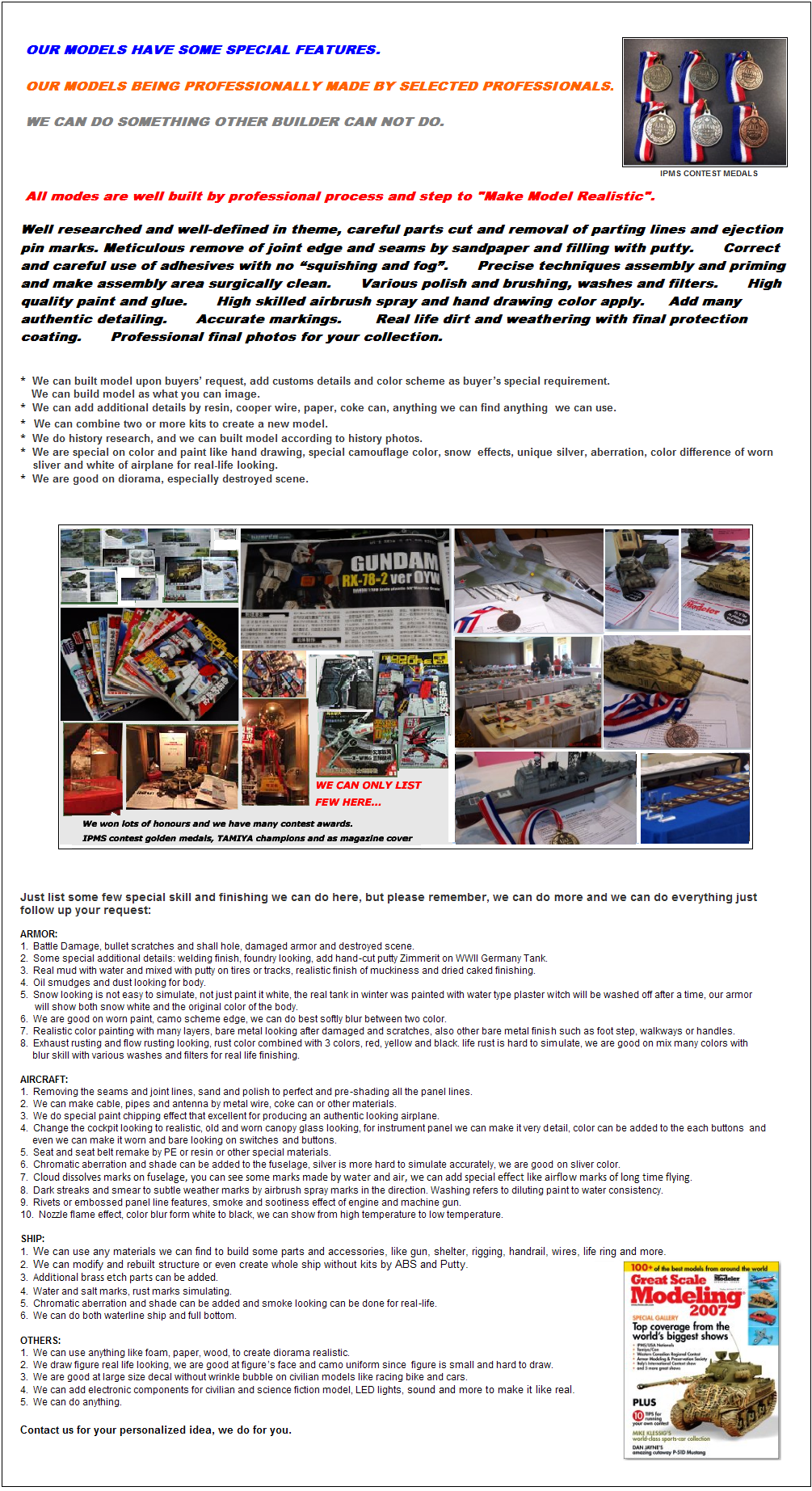
|
 |
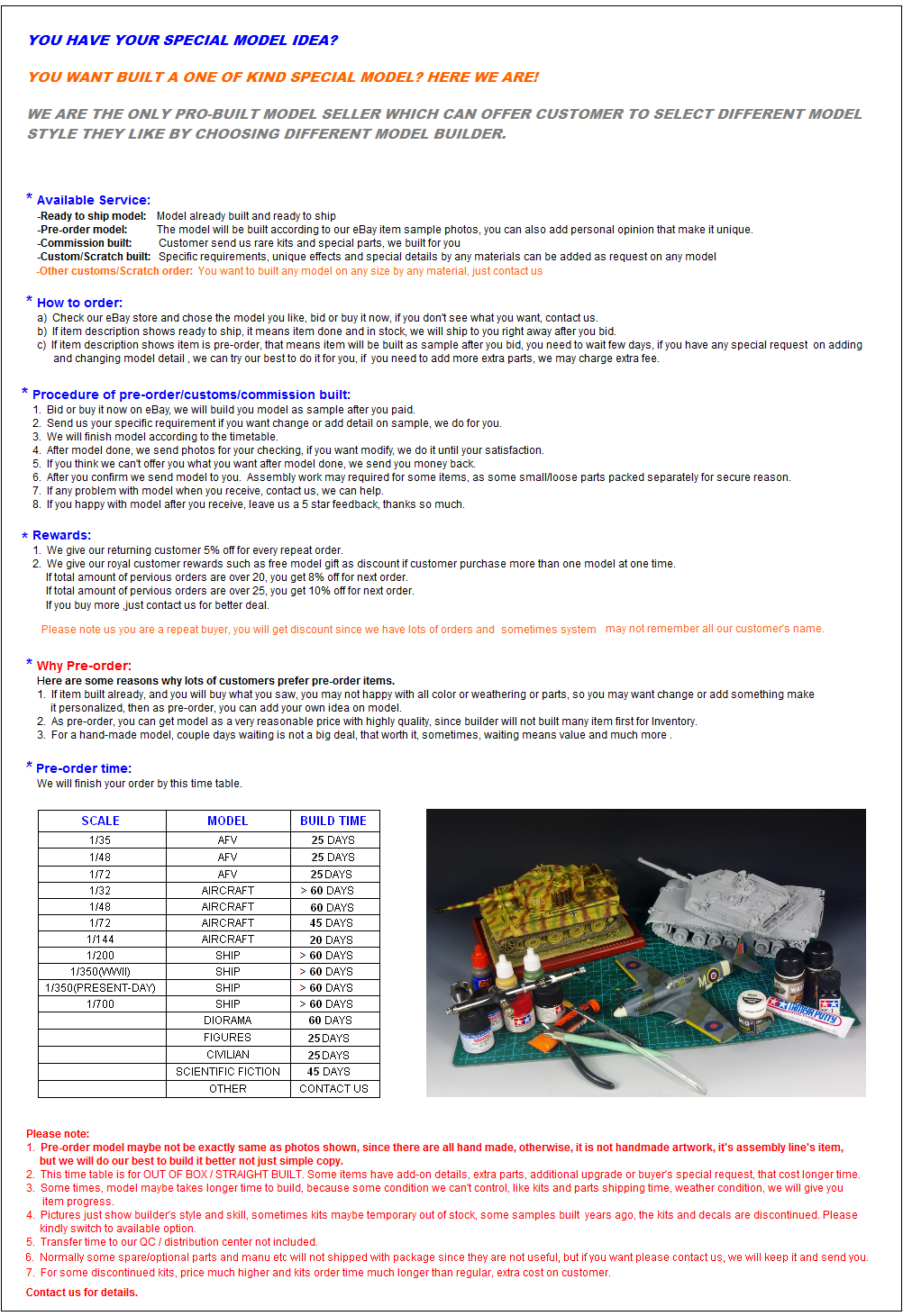 |
 |
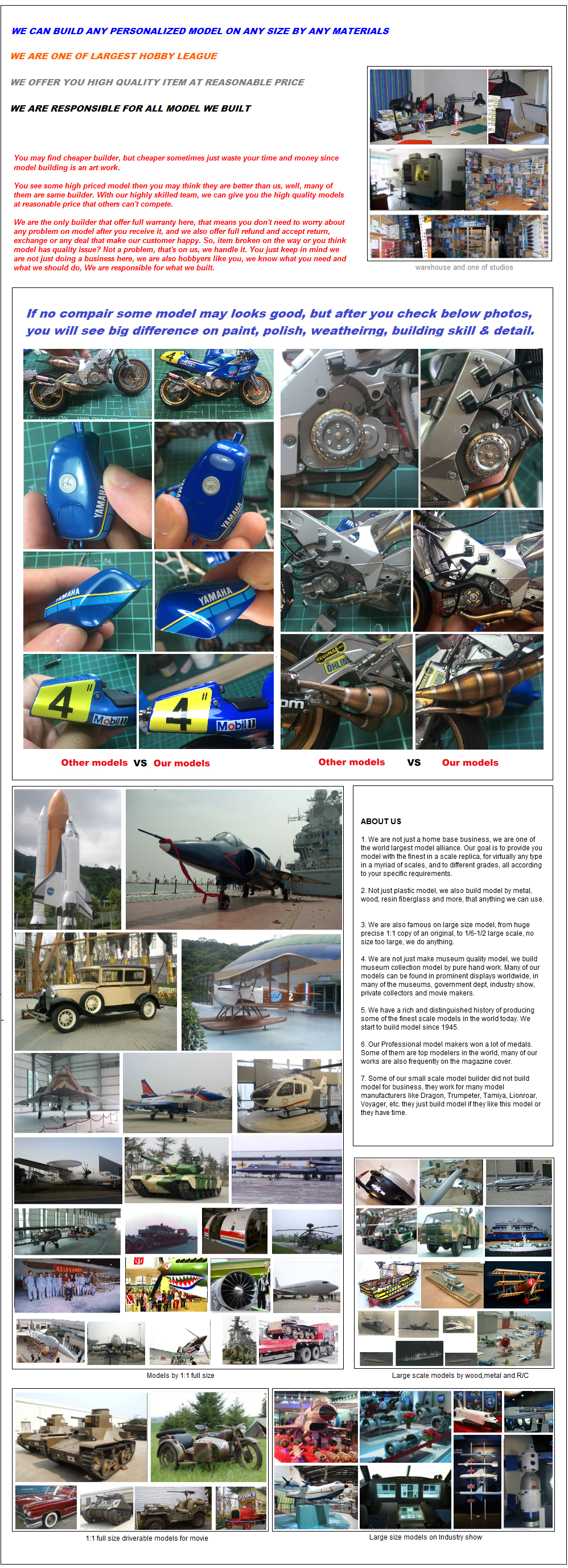 |
 |

|
 |
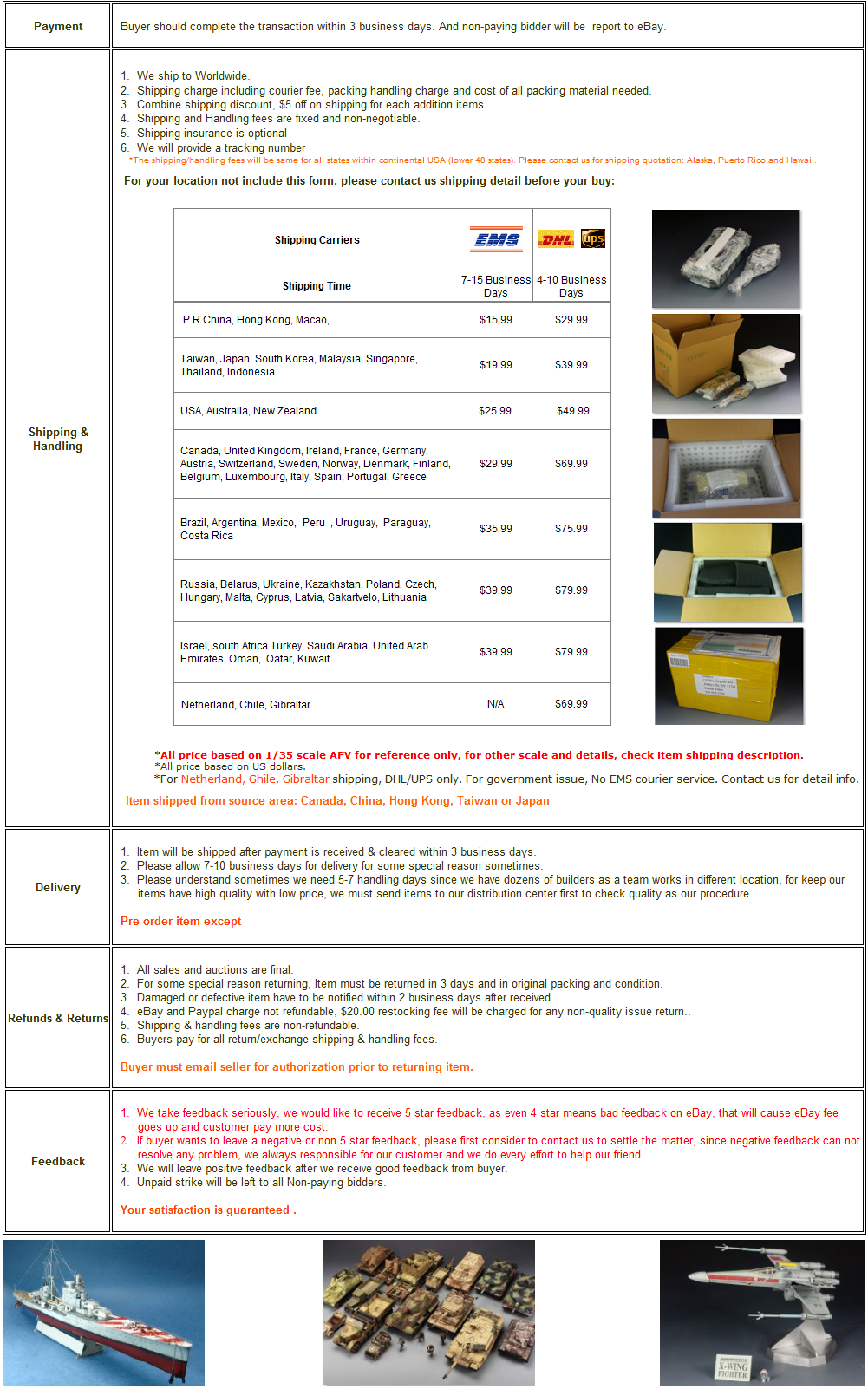
|
 |
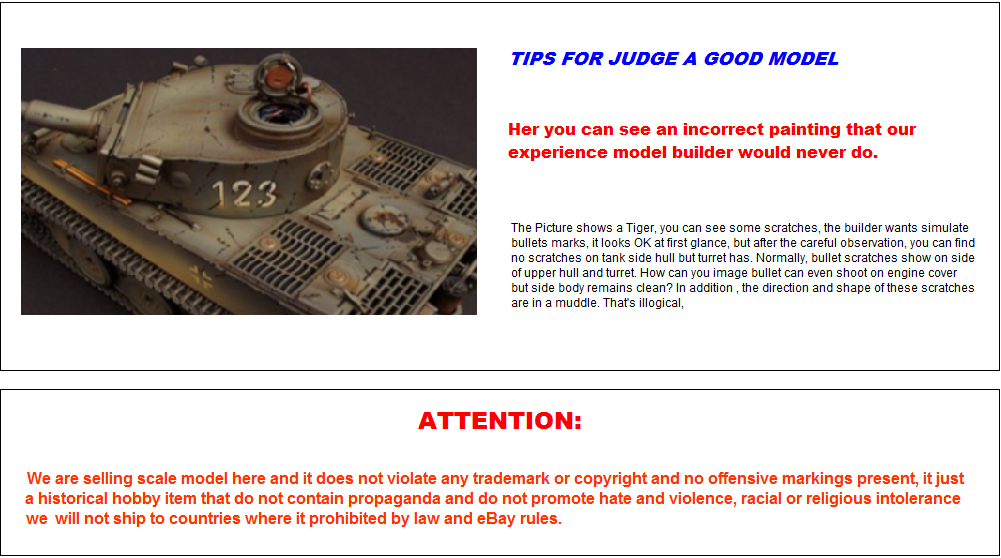
|
 | |